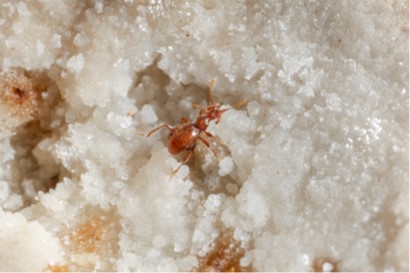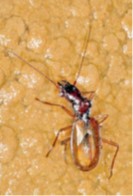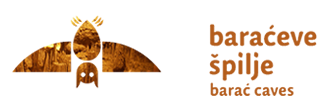May 21 – chosen to mark Natura 2000 Day, as on this date in 1992, the Habitats Directive was adopted. The Natura 2000 ecological network is a European ecological network composed of areas hosting natural habitat types and habitats of wild species of interest to the European Union.
According to Article 54 of the Nature Protection Act (NN 80/13, 15/18, 14/19, 127/19, 155/23), Croatia’s ecological network (Natura 2000 network) comprises areas of conservation important for birds – SPAs, areas of conservation important for species and habitat types – SCIs, probable areas of conservation important for species and habitat types (pSCIs), and special areas of conservation important for species and habitat types (SACs). The management of the ecological network areas, based on the Nature Protection Act, is under the jurisdiction of public institutions managing national parks or nature parks, as well as public institutions managing other protected areas and/or other protected parts of nature (PIs).
Due to their value in preserving biodiversity at the European Union level, four speleological objects within the municipality of Rakovica were included in the Natura 2000 ecological network in 2013: Lower Barać Cave, Dumenčić Cave, Božić Cave, and the cave system Panjkov Ponor – Varićak Cave. These speleological objects are protected as sites within the ecological network significant for the conservation of species and habitat types.
The Panjkov Ponor – Varićak Cave system is an internationally important underground shelter for bats, where a hibernation colony of two target species, the Mediterranean horseshoe bat (Rhinolophus euryale) and the lesser horseshoe bat (Rhinolophus hipposideros), has been recorded (Rnjak and Kovač, 2013; Rnjak, 2014).
In Donja Baraćeva Cave, the hibernation of the greater horseshoe bat (Rhinolophus ferrumequinum), the lesser horseshoe bat, and the Mediterranean horseshoe bat has been confirmed (DZZP, 2015; Vuković, 2017, 2020).
Certain caves in the wider area of the Significant Landscape represent type localities (sites of the first discovery of a particular species) for specific species. In Lower Barać Cave, two beetle species endemic to Croatia, Parapropus sericeus sinuaticollis and Machaerites pavleki, have been described. The cave is also the type locality for Machaerites pavleki (Hlavač and Jalžić, 2010; Jalžić et al., 2010; Kovačević, 2003).





